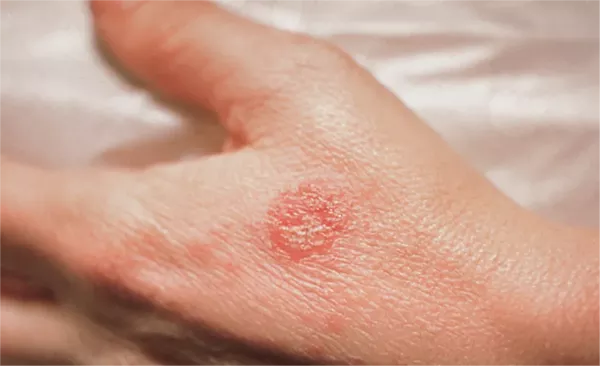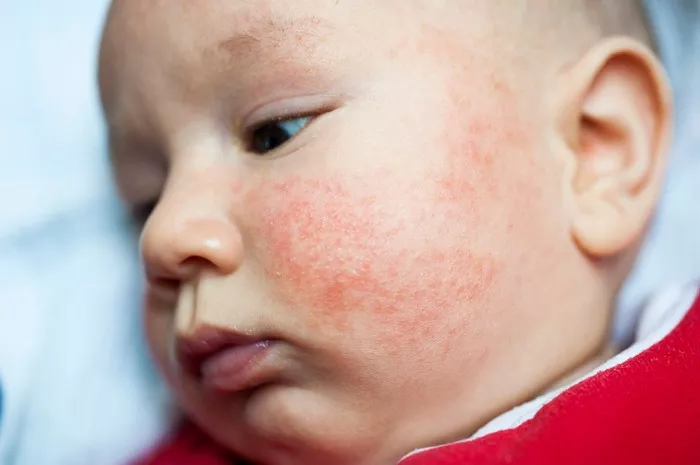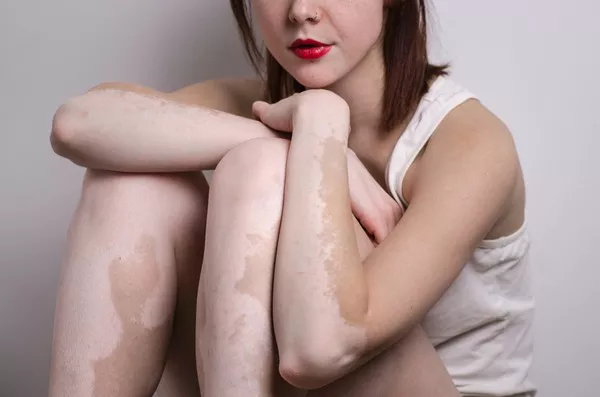Dermatitis, also known as eczema, refers to a group of skin conditions characterized by inflammation, redness, itching, and sometimes blistering or oozing lesions. These conditions can vary widely in terms of causes, symptoms, and triggers. This article explores the various types of dermatitis, their distinctive characteristics, underlying causes, diagnosis, treatment options, and management strategies.
Understanding Dermatitis
Dermatitis encompasses a range of inflammatory skin disorders that affect millions of people worldwide. While each type of dermatitis has unique features, they all share common symptoms such as itching, redness, swelling, and skin lesions. The severity of dermatitis can range from mild discomfort to chronic and debilitating conditions that significantly impact quality of life.
Types of Dermatitis
1. Atopic Dermatitis (Eczema)
Atopic dermatitis, commonly referred to as eczema, is a chronic and relapsing inflammatory skin condition that often begins in infancy or childhood. It is characterized by dry, itchy skin and can be associated with other allergic conditions such as asthma and hay fever. Key features of atopic dermatitis include:
Itchy, Red Patches: Typically appears on the face, hands, feet, and flexural areas (inside the elbows and knees).
Skin Barrier Dysfunction: Individuals with atopic dermatitis often have a compromised skin barrier, which leads to increased sensitivity and susceptibility to irritants and allergens.
Triggers: Common triggers include allergens (such as dust mites or pet dander), irritants (like harsh soaps or detergents), dry skin, stress, and certain foods.
Treatment: Treatment options include moisturizers, topical corticosteroids, calcineurin inhibitors, antihistamines, and in severe cases, systemic immunosuppressive medications.
2. Contact Dermatitis
Contact dermatitis is a localized reaction that occurs when the skin comes into contact with an irritant or allergen. There are two main types of contact dermatitis:
Irritant Contact Dermatitis: This type is more common and occurs when the skin’s protective barrier is damaged by repeated exposure to irritants such as detergents, solvents, acids, or friction. Symptoms include redness, burning, and sometimes blistering.
Allergic Contact Dermatitis: This type occurs when the skin develops an allergic reaction to a substance, even in small amounts. Common allergens include nickel (found in jewelry), latex, fragrances, preservatives, and certain plants like poison ivy. Symptoms may include itching, redness, swelling, and fluid-filled blisters.
Treatment: Treatment involves identifying and avoiding the trigger, using topical corticosteroids or calcineurin inhibitors to reduce inflammation, and practicing good skin care habits.
3. Seborrheic Dermatitis
Seborrheic dermatitis is a common chronic inflammatory condition that primarily affects areas of the skin rich in oil glands, such as the scalp, face (particularly around the eyebrows and nose), and upper trunk. It is characterized by:
Scaly, Greasy Skin: Yellowish or white scales may form on red, inflamed skin.
Fluctuating Symptoms: Symptoms may flare up or improve periodically, often in response to stress, weather changes, or hormonal factors.
Associated Conditions: Seborrheic dermatitis is associated with conditions like dandruff (scalp seborrheic dermatitis) and cradle cap in infants.
Treatment: Treatment options include medicated shampoos (containing antifungal agents or tar), topical corticosteroids, antifungal creams, and in severe cases, oral medications.
4. Nummular Dermatitis
Nummular dermatitis, also known as discoid eczema, is characterized by coin-shaped (nummular) or oval lesions on the skin that can be itchy, scaly, and may ooze or crust over. Key features include:
Coin-Shaped Lesions: Typically found on the arms, legs, and torso.
Dry Skin: Often occurs in individuals with dry skin or a history of atopic dermatitis.
Triggers: Environmental factors such as cold, dry weather, skin injuries (like insect bites or burns), and stress can trigger flare-ups.
Treatment: Treatment involves moisturizers to hydrate the skin, topical corticosteroids to reduce inflammation, and antihistamines to alleviate itching.
5. Dyshidrotic Eczema
Dyshidrotic eczema, also known as pompholyx, is a type of eczema characterized by small, itchy blisters that develop on the hands and feet. Key features include:
Blisters: Clear, deep-seated blisters that may be painful and tend to cluster together.
Intense Itching: Blisters are often accompanied by intense itching and may be aggravated by warm temperatures or stress.
Triggers: Factors such as exposure to certain metals (like nickel), allergens, stress, or sweating can trigger flare-ups.
Treatment: Treatment includes topical corticosteroids, oral antihistamines to relieve itching, and avoiding known triggers.
SEE ALSO: How to Cure Eczema Internally
6. Stasis Dermatitis
Stasis dermatitis, also known as gravitational dermatitis, is a condition that occurs in the lower legs of individuals with poor circulation (venous insufficiency). Key features include:
Swelling: Edema (swelling) due to poor circulation can lead to skin changes and inflammation.
Reddish Brown Discoloration: Skin may appear reddish-brown or purplish due to hemosiderin deposits (iron deposits from red blood cells leaking into the skin).
Ulcers: In severe cases, chronic venous insufficiency can lead to the development of venous ulcers.
Treatment: Treatment focuses on improving circulation through compression stockings, elevating the legs, topical corticosteroids for inflammation, and addressing underlying venous insufficiency.
Diagnosis and Management
Diagnosing dermatitis typically involves a thorough medical history, physical examination, and sometimes additional tests such as skin patch testing or skin biopsies to confirm the diagnosis and identify triggers. Management strategies for dermatitis aim to:
1. Identify Triggers: Identifying and avoiding triggers that exacerbate symptoms is crucial for managing dermatitis effectively.
2. Skin Care: Establishing a good skincare routine that includes gentle cleansing, moisturizing, and using appropriate skincare products can help maintain skin barrier function.
3. Medications: Topical corticosteroids, calcineurin inhibitors, antihistamines, and in severe cases, systemic medications (such as immunosuppressants) may be prescribed to manage inflammation and itching.
4. Lifestyle Modifications: Lifestyle changes, such as avoiding known allergens or irritants, managing stress, maintaining a healthy diet, and quitting smoking, can help reduce flare-ups and improve overall skin health.
Conclusion
Dermatitis encompasses a diverse group of inflammatory skin conditions that can vary in presentation, triggers, and severity. From atopic dermatitis and contact dermatitis to seborrheic dermatitis and nummular dermatitis, each type of dermatitis requires tailored treatment and management strategies. By understanding the distinctive characteristics, underlying causes, and effective treatment options for each type of dermatitis, healthcare providers and individuals affected by these conditions can work together to minimize symptoms, prevent flare-ups, and improve quality of life. Ongoing research into the pathogenesis and treatment of dermatitis continues to advance our understanding and enhance therapeutic options for these common skin disorders.
Related Topics:


























